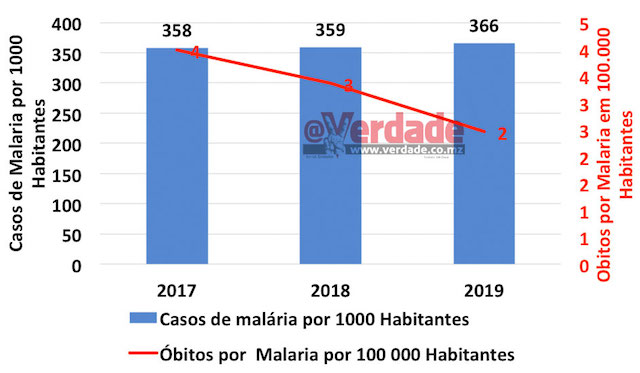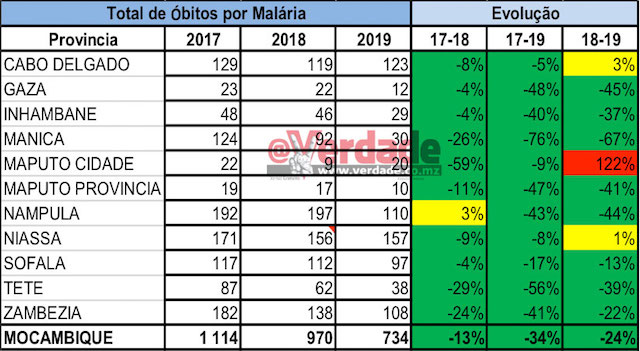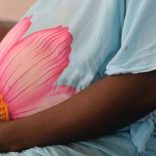UN refugee agency plans to reduce spending by a fifth, close Southern Africa office as cuts bite
Mozambique still far from “Zero Malaria” – disease caused 737 deaths in 2019 | A Verdade

Image: A Verdade
‘World Malaria Day’ was marked on Saturday across the globe. Malaria is still the main cause of hospitalisations and deaths in Mozambique, and the motto “Zero Malaria Starts with Me” is a mirage. @Verdade has established that at least 734 Mozambicans died last year of the disease which sent 10.9 million people to health facilities in the country over the same period.
“Malaria continues to be one of the biggest public health problems in our country and, despite the efforts made over the years, we continue to watch with concern the increase in cases and overflows in health units, with greater emphasis on consultations and children’s wards,” the President of the Republic declared in a message referring to the occasion.
President Nyusi pointed out that “malaria, in addition to causing mourning and prolonging the disease and poverty cycle within families, interferes negatively in the economic and social development of our country. For these reasons, I would like on this occasion to reaffirm our responsibility and commitment as a Government to fighting this disease”.
Last March, at the conclusion of the review of the Strategic Malaria Plan in our country, the director of the World Malaria Programme at the World Health Organisation, Pedro Alonso, warned in Maputo that Mozambique “in the area of malaria, is in an emergency situation ( …) we have a disease burden that is very high, Mozambique is among the countries with the highest malaria burden in the world”.
@Verdade has learned that, despite this “emergency situation”, malaria mortality has been decreasing, from the 1,114 Mozambicans who perished in 2017 to 970 in 2018 and to 734 in 2019.
Data from the National Malaria Control Programme indicates that Niassa province had the most deaths (157), followed by Cabo Delgado (123) and Nampula (110).
The number of patients, however, is increasing, @Verdade has learned. In 2017, the total number of malaria cases was 9,981,479., That rose to 10,339,787, in 2018, and last year reached 10,904,125. Most patients were diagnosed in Zambezia province (2,366,457), Nampula province (2,249,615), and Sofala (1,116,802).
By Adérito Caldeira














Leave a Reply
Be the First to Comment!
You must be logged in to post a comment.
You must be logged in to post a comment.